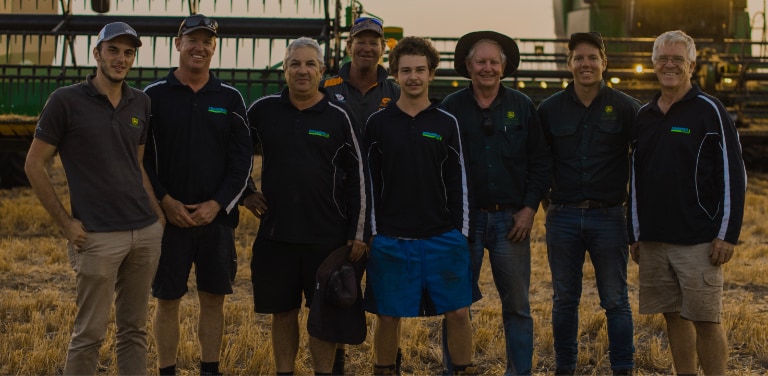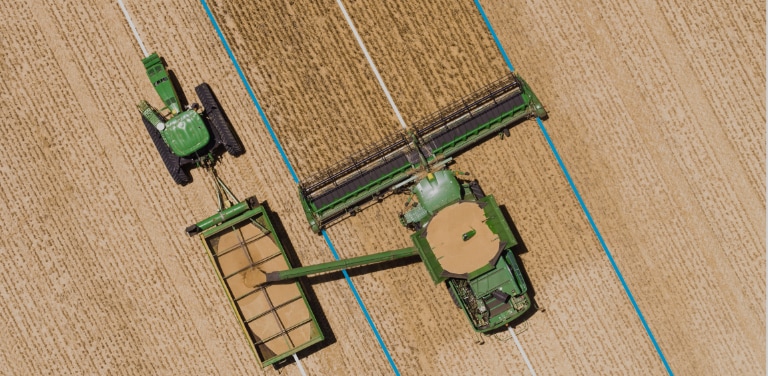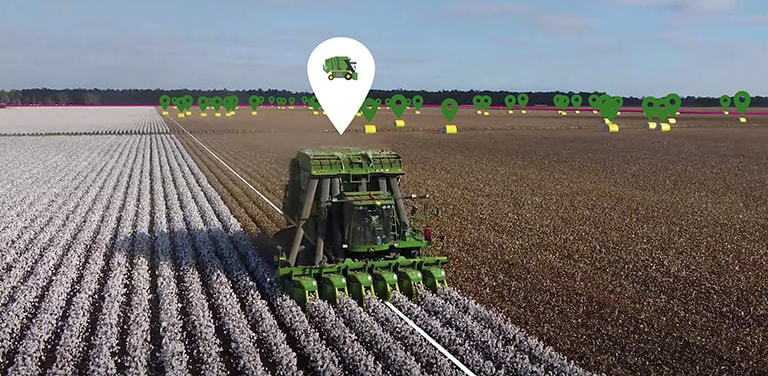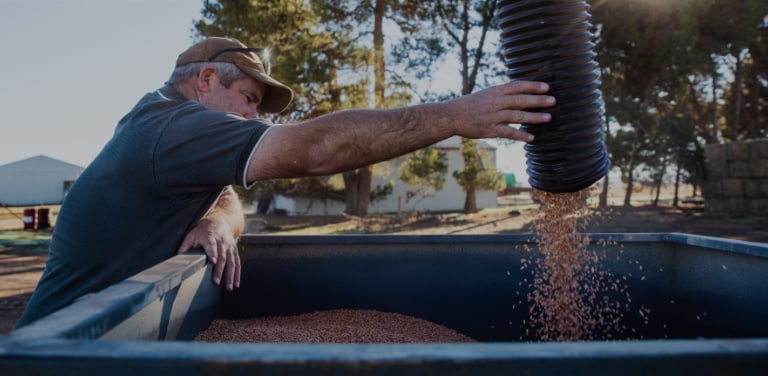

The value of digital setup
You already know good machine setup and maintenance maximises machine performance, your data is no different!
Digital setup is the creation of physical assets like field boundaries, guidance lines, equipment, products (e.g. chemicals, fertiliser and seed) and operators in the digital ecosystem. We call this standard list of assets ‘master setup data’.
The fact is, good setup can take time, but the great news is it only needs to be done once and maintained each season if anything has changed.
Once created, your master data can be leveraged by people, equipment and partners across your entire digital ecosystem. This makes other activities such as planning, execution, monitoring and analysis more streamlined, enabling you to measure performance more consistently year-after-year, leading to better decisions.
We suggest you set up the following assets
Next step
Set up Your Team
Need further advice?




